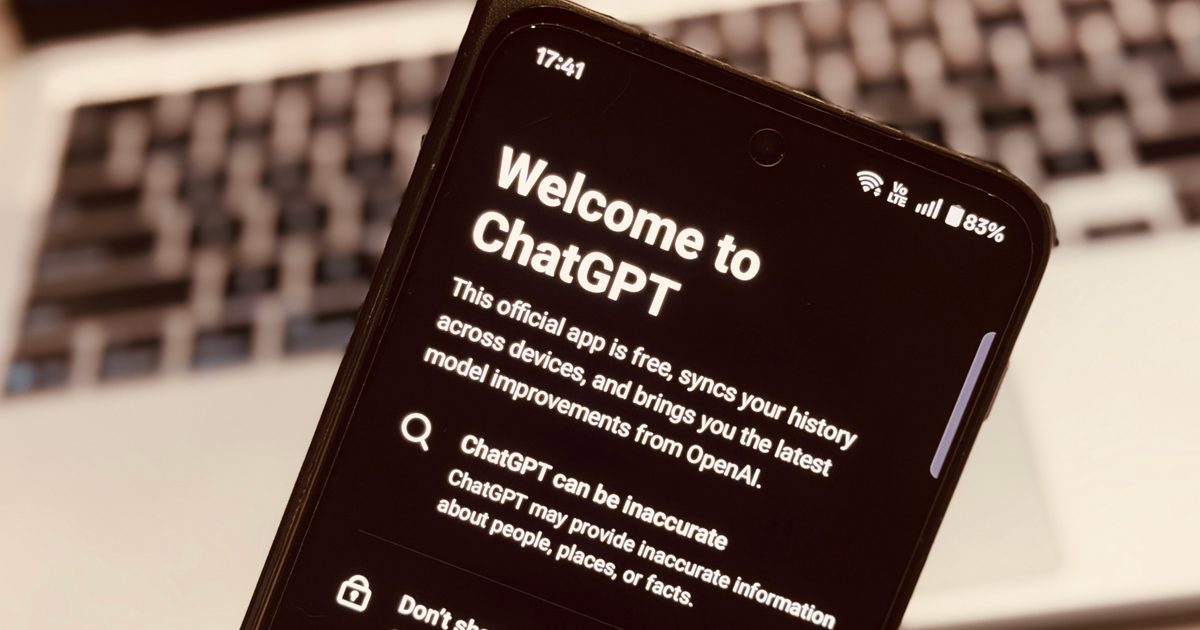
In a step toward the wider use of gene editing, a treatment that uses Crispr successfully slashed high cholesterol levels in a small number of people.
In a trial conducted by Swiss biotech company Crispr Therapeutics, 15 participants received a one-time infusion meant to switch off a gene in the liver called ANGPTL3. Though rare, some people are born with a mutation in this gene that protects against heart disease with no apparent adverse consequences.
The highest dose tested in the trial reduced both “bad” LDL cholesterol and triglycerides by an average of 50 percent within two weeks after treatment. The effects lasted at least 60 days, the length of the trial. The results were presented today at the American Heart Association’s annual meeting and published in The New England Journal of Medicine.
The Nobel Prize–winning Crispr technology has mostly been used to address rare diseases, but these latest findings, while early, add to the evidence that the DNA-editing tool could be used to treat common conditions as well.
“This will probably be one of the biggest moments in the arc of Crispr’s development in medicine,” Samarth Kulkarni, CEO of Crispr Therapeutics, tells WIRED. The company is behind the only approved gene-editing treatment on the market, Casgevy, which treats sickle cell disease and beta thalassemia.
The American Heart Association estimates that about a quarter of adults in the US have elevated LDL levels. A similar number have high triglycerides. LDL cholesterol is the waxy substance in the blood that can clog and harden arteries over time. Triglycerides, meanwhile, are the most common type of fat found in the body. High levels of both raise the risk of heart attack and stroke.
The Phase I trial was conducted in the UK, Australia, and New Zealand between June 2024 and August 2025. Participants were between the ages of 31 and 68 and had uncontrolled levels of LDL cholesterol and triglycerides. The trial tested five different doses of the Crispr infusion, which took about two and a half hours on average to administer.
“These are very sick people,” says Steven Nissen, senior author and chief academic officer of the Heart, Vascular and Thoracic Institute at Cleveland Clinic, which independently confirmed the trial’s results. “The tragedy of this disease is not just that people die young, but some of them will have a heart attack, and their lives are never the same again. They don’t get back to work, they develop heart failure.”
One trial participant, a 51-year-old man, died six months after receiving the lowest dose of the treatment, which was not associated with a lowering of cholesterol and triglycerides. The death was related to his existing heart disease, not the experimental Crispr treatment. The man had a rare, inherited genetic form of high cholesterol and previously had several procedures to improve blood flow to his heart.







